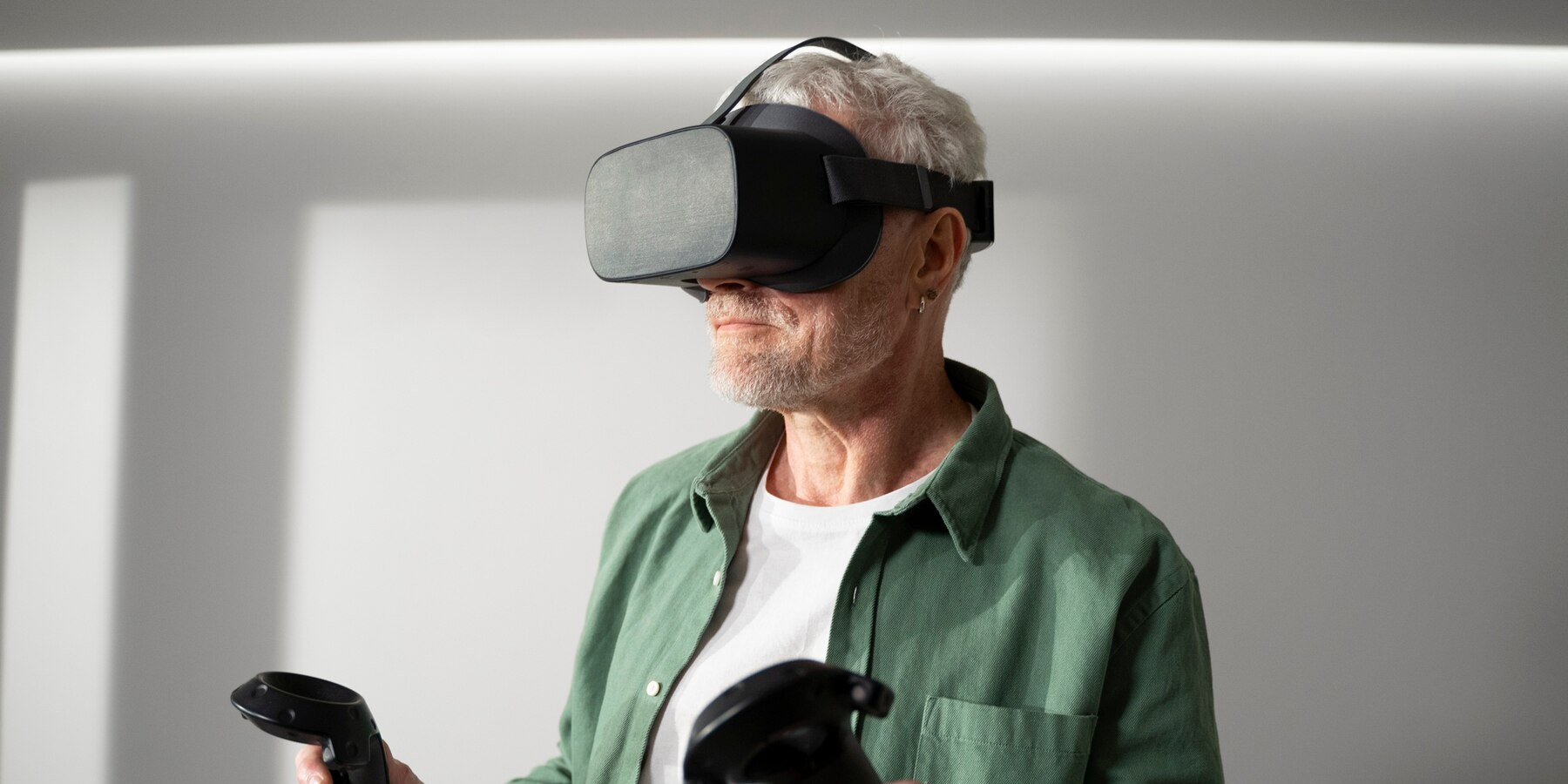AR and VR development trends are influencing the way we shop, learn, and even perform surgery. If you still think these technologies are “the future”, you’re already behind. Businesses are using them right now to create immersive, game-changing experiences. From virtual try-ons in retail to real estate tours you can take from your couch, AR and VR are making life more interactive and convenient. But where is this technology headed next? And how can businesses use it to stay ahead? Let’s dive into the biggest AR and VR development trends and how they’re transforming industries like retail, real estate, healthcare, and education.
Understanding AR and VR in Software Development
At their core, AR and VR bridge the gap between the digital and physical worlds, but they do it in different ways.

Augmented Reality (AR): Overlays digital elements onto the real world through devices like smartphones, tablets, and AR glasses. Think of Snapchat filters or IKEA’s AR-powered furniture placement tool.

Virtual Reality (VR): Creates a fully immersive digital environment that users can experience through VR headsets like the Meta Quest or Apple Vision Pro. You’ll see VR in gaming, corporate training, and virtual collaboration.
As AR and VR evolve, software developers are pushing boundaries to make experiences more seamless, interactive, and realistic. Innovations like AI, cloud computing, and 3D scanning are driving the latest AR and VR development trends (The Verge).
The Growing Role of AR and VR Across Industries
Current AR and VR Development Trends Shaping the Industry
What’s pushing AR and VR forward? These are the biggest AR and VR development trends shaping the industry today:
AI Integration
Walt Disney and other big players are investing in AI-powered AR experiences to create more interactive and personalized content (Reuters).
Hardware Innovations
Devices like Apple’s Vision Pro are raising the bar, but their success hinges on mainstream adoption and compelling content (Wired).
Enterprise Adoption
Businesses are using VR for employee training, onboarding, and workplace collaboration (WSJ).
Advanced 3D Scanning
Real-time object scanning techniques like Gaussian splats are improving the realism and accuracy of AR applications (The Verge).
Challenges and Considerations in Implementing AR and VR
For all their promise, AR and VR still come with challenges that businesses must navigate.
High Development Costs
Creating high-quality AR/VR experiences requires big investments in hardware, software, and skilled developers.
User Adoption Barriers
Some users experience motion sickness or discomfort, slowing down mainstream adoption.
Performance & Compatibility
Ensuring smooth performance across different devices is a major challenge for developers.
Security & Privacy Risks
Tracking user data in AR/VR environments raises ethical and legal concerns that companies must address.
AR and VR development trends are reshaping industries by creating richer, more interactive experiences that improve engagement and efficiency. Businesses that embrace these technologies now will stay ahead, but overcoming technical challenges and user adoption barriers is key for long-term success.
Ready to leverage AR and VR for your business?
Ready to leverage AR and VR for your business?
Related Articles

AI Agents Explained in Simple Terms
Discover what AI agents are, how they work, and why intelligent agents are reshaping automation across industries.

AI Solutions for HR That Transform Hiring and Retention
AI solutions for HR are transforming hiring and retention with faster recruitment, better cultural fit, and lower turnover rates.

Cross-Chain dApps Are Shaping Web3
Cross-chain dApps are shaping Web3 by streamlining UX, improving contract monitoring, and bridging fragmented blockchain ecosystems.
